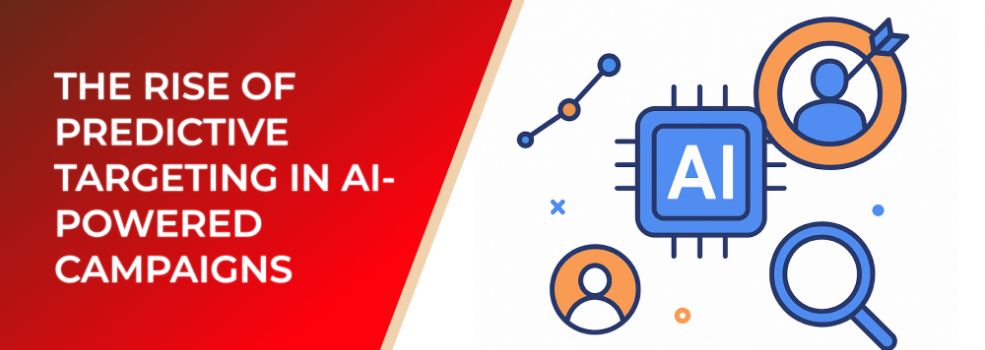Predictive targeting has rapidly emerged as one of the most powerful tools in digital marketing. By leveraging AI algorithms and large-scale data, brands can now anticipate customer needs and behaviors before they even express them. This shift from reactive to proactive marketing is redefining how campaigns are planned and executed.
What Is Predictive Targeting?
Predictive targeting uses AI and machine learning models to analyze historical customer data, online behavior, and external factors to predict future actions. This allows marketers to deliver personalized content, offers, and ads to the right audience at the right time.
Why Predictive Targeting Matters
1. Higher Campaign Efficiency
By focusing on audiences most likely to convert, predictive targeting minimizes wasted ad spend. According to McKinsey, companies using AI-driven targeting report up to 20% reduction in customer acquisition costs.
2. Improved Customer Experience
When ads align with actual customer needs, engagement improves. A study by Accenture found that 91% of consumers are more likely to shop with brands that provide relevant offers and recommendations.
3. Data-Driven Accuracy
AI models continuously learn from new data, making predictions more accurate over time. This ongoing optimization ensures campaigns stay effective in dynamic markets.
4. Better ROI
Marketers using predictive targeting often see significant ROI improvements. For instance, campaigns driven by predictive analytics have been shown to deliver up to 30% higher conversion rates compared to traditional targeting.
Real-World Applications
-
E-commerce: Anticipating which products a customer is most likely to purchase next.
-
Social Media Ads: Serving personalized content to users based on browsing behavior and engagement patterns.
-
Email Marketing: Optimizing send times and tailoring subject lines to maximize open rates.
The Future of Predictive Targeting
As AI evolves, predictive targeting will become even more precise, incorporating not just historical and behavioral data but also contextual signals such as location, device, and even real-time mood analysis. This level of personalization will further narrow the gap between consumer expectations and marketing delivery.
Conclusion
The rise of predictive targeting represents a turning point in digital marketing. Businesses that integrate AI-powered predictive strategies into their campaigns gain a significant competitive edge — one built on efficiency, relevance, and measurable performance.

